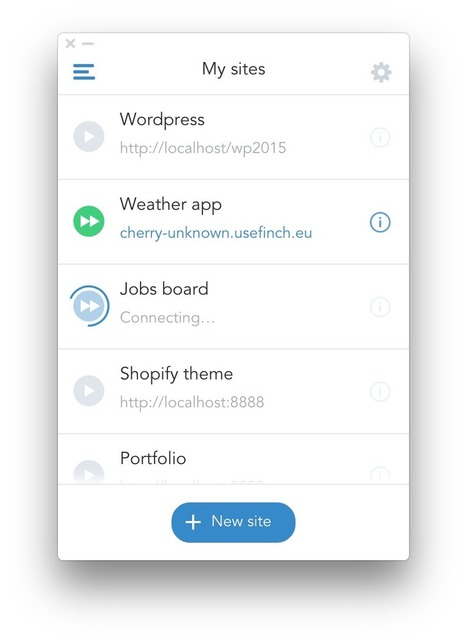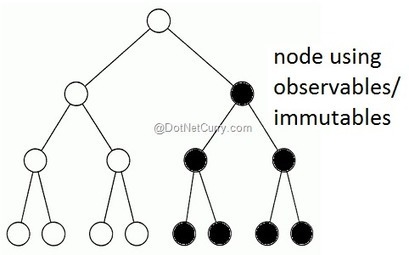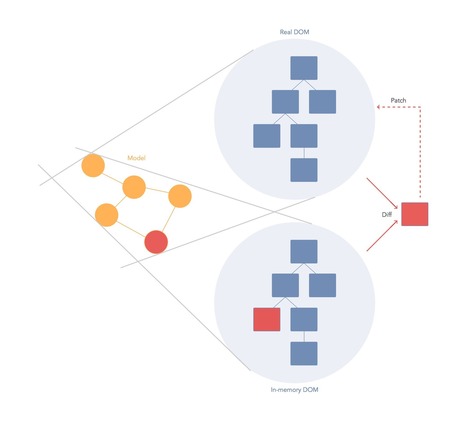Finch helps web designers and developers test their development sites on multiple devices without the need for lengthy deployments or public staging servers.
Before we get in too deep let’s evaluate why we felt a desktop (as opposed to a command-line) app was needed:
- Simplicity: Finch should ‘just work’ for as many people as possible; the rich interface offered by a desktop versus command-line app gives us a better crack at making this happen
- Compatibility: Although Node.js and npm (both required to install the command-line app) are free, open-source and widely compatible, installation often proved troublesome for users less experienced with terminal interfaces
- Reach: A by-product of the previous factors; by making the entrypoint simpler and more accessible we’d hope to attract, and interest, a far broader audience.




 Your new post is loading...
Your new post is loading...





























